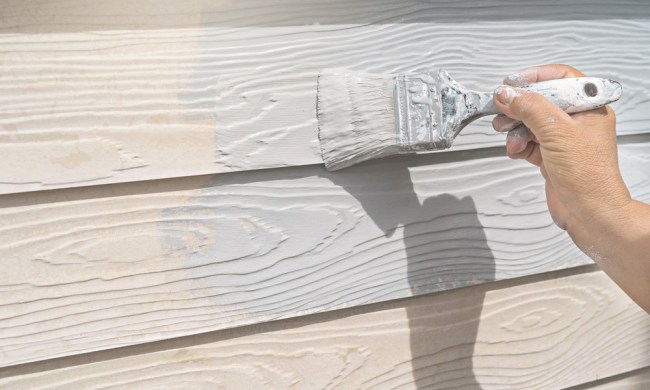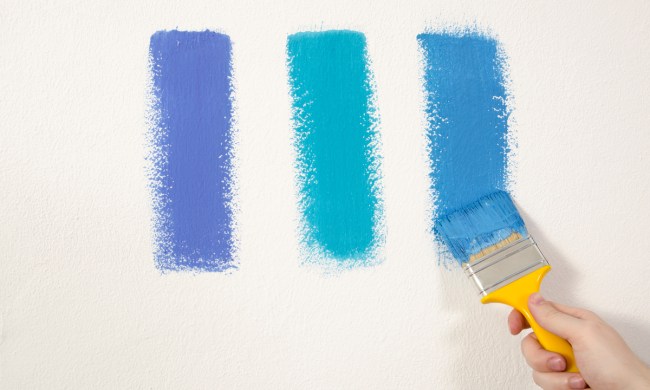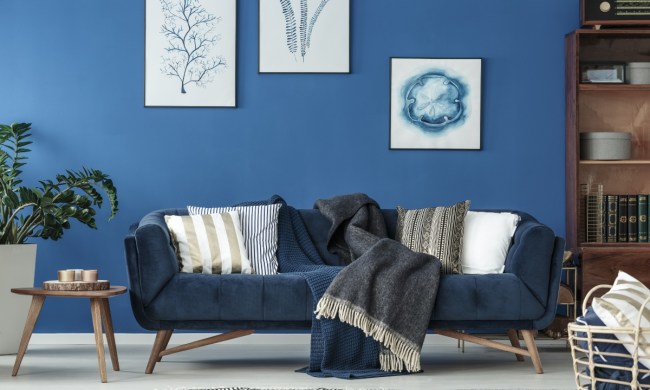Home DIY projects are incredibly wallet-friendly since they save you money on renovation costs as well as increase the value of your home. Painting is a common project, even for inexperienced DIYers, but determining which paint is best for the room, or for the item being painted, is essential. We’re going to discuss the best paint for cabinets and why you can’t choose just any old paint.
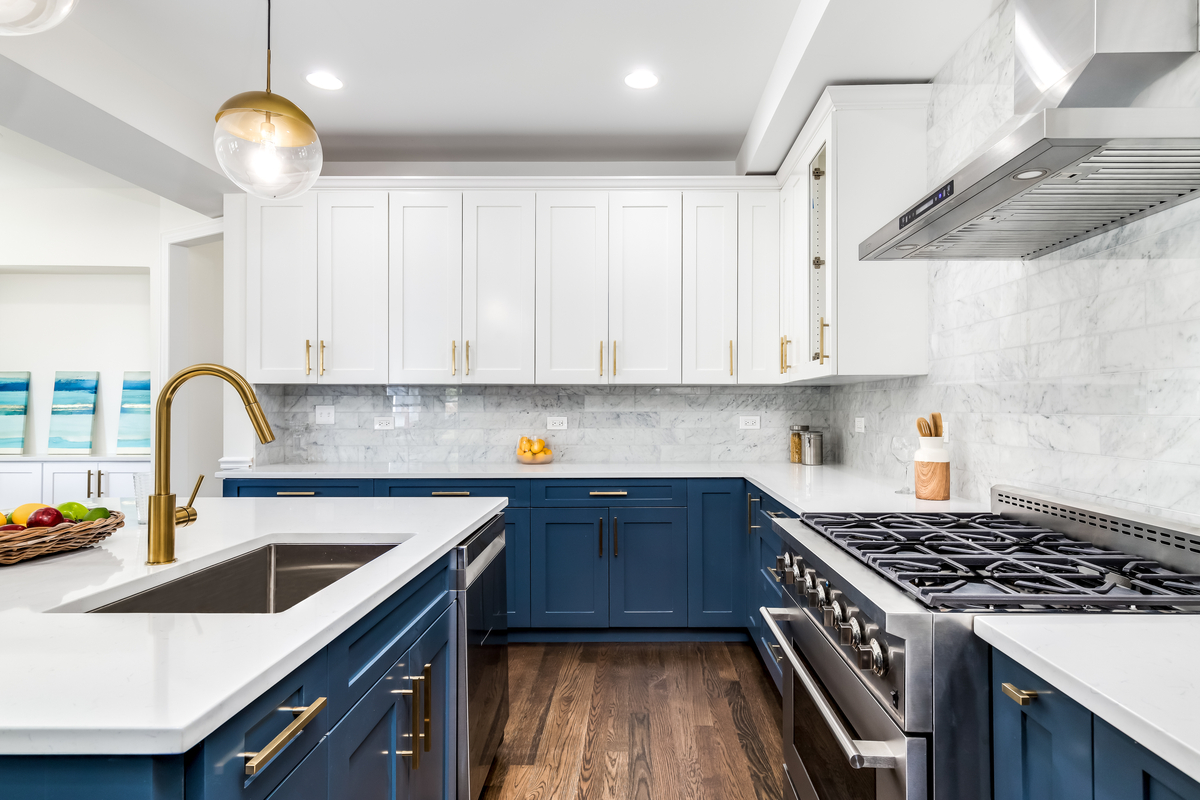
Do you need special paint for kitchen cabinets?
Kitchen cabinets see a lot of action. They experience a lot of impact being opened and closed all the time, and they often get grimy with food, grease, and residue from cleaning products. It’s important to choose a cabinet paint that:
- Is tough and won’t crack or chip with excessive use
- Wipes clean easily without becoming damaged, stained, or worn
- Looks great in your kitchen
What kind of paint is best for kitchen cabinets?
You want your cabinet paint job to last for years to come, and it’s disappointing when the paint starts to peel, scratch, or stain after only a little while. To get the best result, there are a number of factors, beyond color, to consider when selecting a paint for your cabinets. Two important elements are the paint’s base and sheen.
The two most common paint bases are oil and latex, and both have their pros and cons. You’ll want to consider how much time you have for the painting project, as well as the material of your cabinets before deciding on a base.
Oil-based paint
This resilient paint is one of the most durable bases available. It won’t scratch or wear easily, which makes it stand up strong to washing and scrubbing when the cabinet gets dirty. One issue with oil-based paints, however, is the fumes it comes along with. This type of paint releases more volatile organic compounds (VOCs) that are toxic when breathed in. They can cause irritation in the throat and eyes and can even lead to headaches and dizziness when inhaled for too long.
Another downside of oil-based paint is that the work time could be significantly longer. If the old paint is latex, you’ll have to completely strip the cabinets in order for the new paint to adhere properly. The drying period for oil-based paints is also much longer than that of latex, and you’ll need to leave them for up to a couple of days to dry completely.
Latex paint
Latex paint has come a long way in recent years, and it’s becoming more and more durable for high-use areas. While it’s not as durable as oil-based paint, higher-quality brands can be wiped clean easily. Latex paint also dries incredibly quickly and can be layered over pretty much any old paint on the cabinets, including oil-based paints.
Latex paint also releases a lot fewer VOCs than oil-based paint and is considered a safer paint to use and breathe around while the project is underway.
Paint sheen
The sheen, or finish, of a paint is another important aspect to consider. Different sheens offer various benefits, like higher durability, ability to hide imperfections in the wood, and how well they reflect light.
- Gloss and semi-gloss paint finishes result in a shiny appearance and a hard protective shell. They boast the highest durability and are the best options for kitchen cabinets since they wipe clean easily and withstand impact.
- Eggshell and flat paint finishes result in a softer, more matte-like finish. While they do a better job at hiding imperfections in the cabinet material, they are less ideal for cabinets since they don’t withstand high use or cleaning as well.
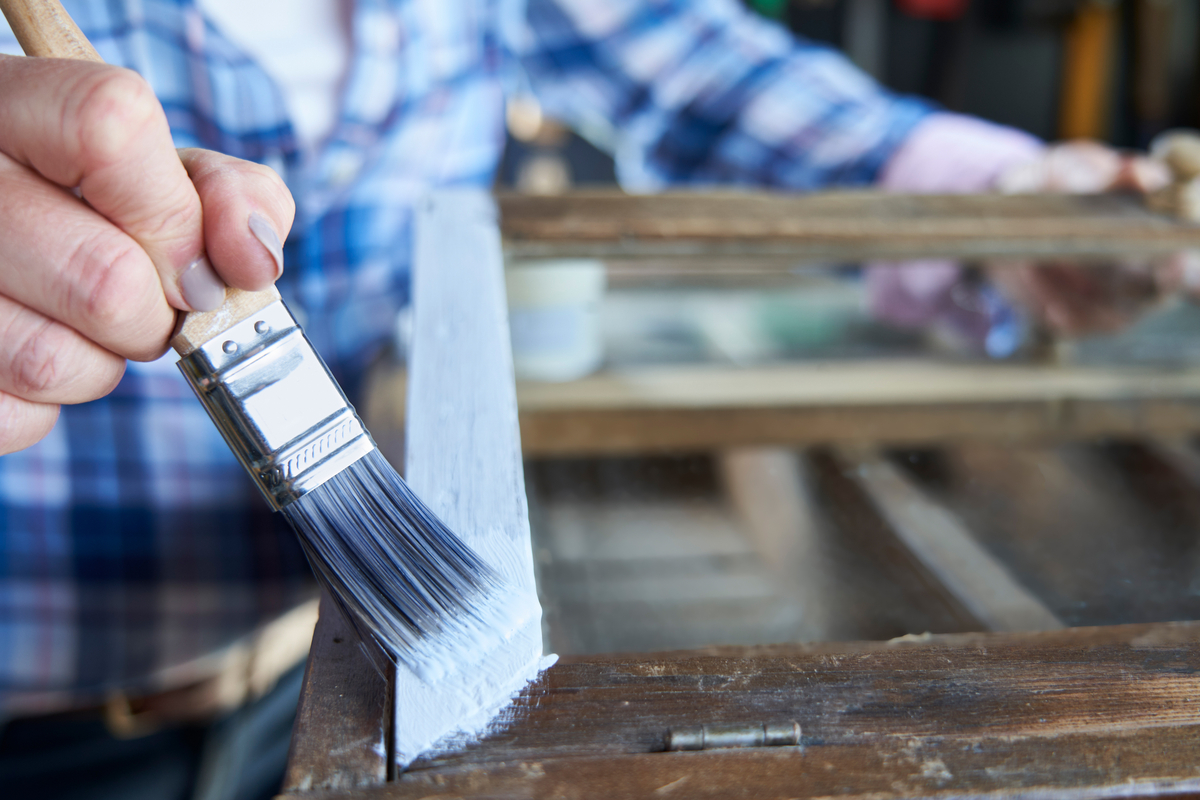
Tips for painting kitchen cabinets like a pro
In order to get the best results for your painted cabinets, follow these expert tips.
Remove hardware first
Don’t try to skip taking off handles and hinges. You’ll inevitably get splashes and drips of paint on them which are difficult to remove from metal. Not only that, but if you plan to update the hardware after painting, you’ll find it difficult and damaging to remove the old pieces from the freshly painted cabinets without marring your work. Removing hardware first makes for a cleaner, more professional appearance overall and saves you from damaging your perfect paint job.
Prep cabinets before painting
Prepping surfaces before painting helps the paint to adhere properly and gives a more flawless finish. For wood cabinets, you’ll want to sand the material to rough it up a bit before adding primer and paint. Other materials, like laminate, will require special primers for the paint to stick.
Use a roller on flat-surfaced cabinets
If your cabinets are simple and flat, that’s good news for you. You can use a small paint roller for the majority of your paint coats, and it will result in a smoother result that’s free of brush marks.
Painting can be a fun project, but a botched paint job feels like a disappointing waste of time. Choosing the wrong paint is a big contributor to less-than-perfect results when painting kitchen cabinets, so it’s important to choose wisely. With this guide, your cabinets will look clean and flawless for years to come.

